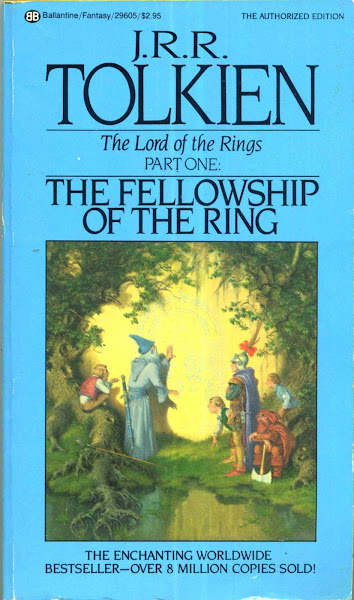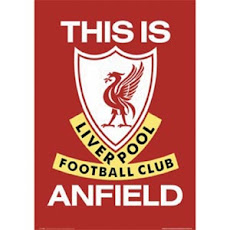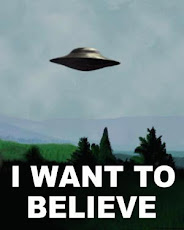 |
| Photo op with NBA Commissioner David Stern with the NBA at 50 softcover. The Commish kidded me about not getting the hardcover. I said I lost it during a typhoon and had to buy a new one. He responded, "There are no typhoons in the Philippines. There is no global warming." We all laughed. This appears in the Monday, October 14, 2013 edition of the Business Mirror. |
Planet NBA
by rick olivares
I had the chance to sit down with NBA Commissioner
David Stern who was in Manila for the first ever NBA Global Game to be played
in these shores. Despite every media agency and then some covering this
historic moment, here was no shortage of story angles to choose from. From the
moment I was invited to take part in the panel interview, I had an idea of what
to write and what questions to ask.
Furthermore, I wanted to the honor of being the first
to ask a question that I felt was apropos for the moment.
Rick: The
McDonald’s Open in 1987, the Dream Team in 1992, and the Global Games that
technically began in 2006 with the Europe Live. How does it feel to be credited
with the growth of basketball and NBA basketball in particular?
David
Stern: Well, I feel very good about that. I have always had an abiding belief that
globalization was going to come upon us. I was somewhat mocked in 1992 when I
suggest to the critics of the Dream Team that the only way for the world to
catch up to us was to play at our level.
Ten years
later in 2002, the US team finished sixth in the World Championships in
Indianapolis. And it happened faster than I thought. But we’re blessed to have
a sport that has been with us since 1936 and everything we do grows our game on
a global basis. And our biggest challenge is to find the resources and take
advantage of all the opportunities.
Particular
in Southeast Asia the Philippines, Malaysia, Indonesia, Thailand, Vietnam are
all beginning to perk up. Of course, the Philippines leads the way but we are
beginning to see activity all around. Any sport of any business has to realize
that there’s a world out there. I am proud that we realized it earlier than later.
Twenty-six years after that inaugural McDonald’s
Championship that was held in Milwaukee, there are now a total of 12 NBA teams
playing 10 games in 10 cities in seven countries in the biggest pre-season
undertaking the league has done to date. And there are 20 international players
taking part in these games as well.
All this is a testament to the growing popularity of
the NBA and how it is breaking down barriers.
Furthermore, the number of international players
plying their trade in the NBA has shot up dramatically. To date, a total of 214
foreign players that have suited up for the premier basketball league in the
world.
When the 2013-14 season tips off by the end of this
month, the games will be broadcast in 215 countries and territories. Not bad for
a league that when Johnson and Bird first entered, the finals were shown on
tape delay.
However, contrary to popular belief that it was only
with the post-Barcelona Olympics where foreign players began to move Stateside
to play, you can trace these beginnings back to when the league, then known as
the Basketball Association of America, first tipped off in 1947.
There were three foreign-born players who made
history that year -- Fido Frey of Germany, Hank Beenders of the Netherlands,
and Hank Biasatti of Italy. However, these three migrated to North America for
a chance at the American Dream rather than to play pro hoops.
In terms of really going to play in the NBA, that
would be another trio of Europeans in Georgi Glouchkov of Bulgaria and Detlef
Schrempf and Uwe Blab of Germany were the first of the modern players to suit
up in 1986. Glouchkov was drafted while Schrempf and Blab both played for
American colleges before turning professional.
Back to that original trio.
Frey was born in Germany but raised in New York where
he played for New Utrecht High School in Brooklyn. A 6’2” forward, Frey played
23 games for the New York Knicks during the NBA’s inaugural season where he
scored a total of 88 points.
Henry “Hank” Beenders was a 6’6” forward/center from
Haarlem, Netherlands who migrated to the US when he was eight years of age.
Beenders played for Long Island College after which he played for three NBA
teams – the Providence Steamrollers, the Philadelphia Warriors, and the Boston
Celtics.
Hank Biasatti was born in Beano, Italy then move to
Canada. Biasatti first played for Major League Baseball with the Philadelphia
Athletics before trying his luck in the nascent NBA with the Toronto Huskies.
According to the NBA, Biasatti owns the distinction of being the first foreign
player to play in the NBA.
Stern and many other basketball historians points to
the Dream Team and the Barcelona Olympics as to the moment when basketball
around the world grew. The US team’s opponents went from having their pictures
taken with the NBA stars to beating them 10 years later.
Furthermore, NBA players are some of the world’s most
recognizable athletes all over the world.
And the man who helped saved the NBA along with two
players named Earvin Johnson and Larry Bird (and of course, the arrival of
Michael Jordan a few years later), David Stern, was at the forefront of the
change of NBA basketball.
The league went through in Stern’s words “trying to
make it through the day” to having the NBA all day on television and now in the
digital revolution.
“Gradually we came to care for this league and to
grow this sport,” added the Commissioner. “It gives me great pride that 30
years later, our players are at the top of the sports celebrity chain; well
known on a global basis.”
Indeed, the NBA is a global brand and is one of the most recognizable today.
And incredibly, they aren’t done improving.
Stern bared that it down the road and possibly in a
decade, there could be franchises in Europe, NBA-themed or sponsored
tournaments or conferences in Southeast Asia, and NBA Development Leagues
stretching down in Latin America (possibly in conjunction with football clubs).
Elaborated the Commissioner, “Once Google decided
that we would have driverless cars and Google glass and Richard Branson was
planning on instead of space travel it was going to be earth travel, I think we
are going to make leaps and bounds on how we travel. So maybe that changes the
game. We didn’t always fly and we didn’t always have supersonic transport. So
there’s going to be some transportation adjustments that will make
intercontinental travel faster.”
And those intercontinental games have come to Manila
and it has Stern feeling “nostalgic.” Shared the Commissioner, “I was with Larry
Bird and Kevin McHale in 1988 when we went to Madrid (for the McDonald’s
Championship). We brought the Phoenix Gorilla and some cheerleaders. Our
friends from FIBA covered their eyes they couldn’t believe that it would
intrude on a basketball game. By the time we were going back to Rome with the
Denver Nuggets in 1989, FIBA said, ‘Please bring back the gorilla and the
cheerleaders because the fans really enjoyed it.’ So we knew that we were on to
something. And one year at a time. One idea at a time. I would say by ’92 when
we went to Barcelona were probably in eight countries compared to the 215 right
now.”
In 1984, the first overall draft pick announced by
David Stern as commissioner of the league was Akeem Olajuwon from Lagos,
Nigeria who played his college ball at the University of Houston.
In 2013, the last draft that Stern presided in,
Anthony Bennett of Toronto, Canada went number one to the Cleveland Cavaliers.
If Stern has deduced it right, more changes will be
coming in the next decade. And just maybe, the first Filipino player in the NBA.
 |
| Shaking hands with Commissioner David Stern |
Additional reading:









No comments:
Post a Comment